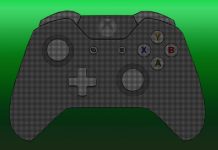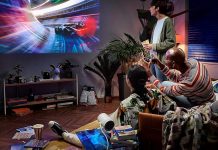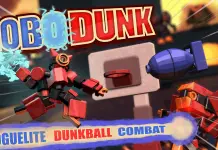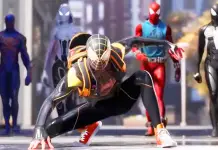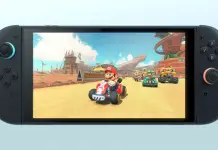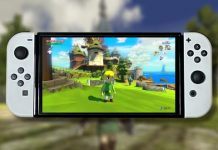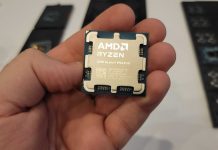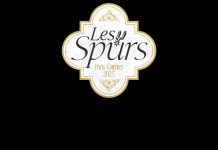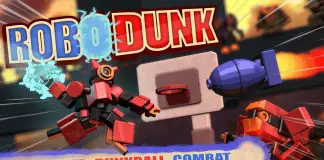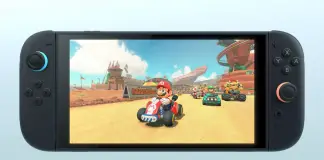In a developer blog posted on the game’s Steam Page, Last Oasis has signaled that they want to return the game to its PvP roots in Season 6. With a primary focus on player-driven conflict, walker-centric gameplay, and accessibility, the new systems are meant to foster dynamic and competitive experiences while addressing community feedback received during their recent Season 6 playtests.
At the heart of this update is the renewed importance of walkers, which the team outlines as an integral part of what sets Last Oasis apart from other games. Walkers play a critical role in navigating event tiles like asteroid sites and Ancient Rupu camps according to the developers, so emphasizing their use in events, especially during timed events will create opportunities for resource competition and PvP conflict.
To ensure balance for Walkers and the combat scenarios they’ll essentially generate, the new Anti-Personnel Turret can auto target attackers, creating more strategic and fair battles, especially for new players that aren’t well versed in Walker combat. Walkers are now also harder to fully destroy, requiring rare resources for a final blow, which encourages tactical gameplay while easing frustration for less experienced players. Water consumption and crew limits have been adjusted to promote balance. If you’re a fan of PvP, you may want to circle back to Last Oasis to see if the changes give you your PvP fix.
The team also noted that they’ve been paying close attention to player feedback, noting that trade Stations, originally introduced as invulnerable crafting hubs, has received mixed feedback for disrupting the game’s risk-reward dynamics. While there’s nothing specific on what will happen quite yet, there are several things Donkey Crew states are under review in hopes to appease those with concerns heading into Season 6.
While there is still quite a handful left to do, such as finalizing the map preparations and making some balance changes, it seems like Season 6 is shaping up to be one of Last Oasis’ best.




